When Australian fashion editor and influencer Nicole Warne got married on a cliff top overlooking New Zealand’s spectacular Lake Wanaka last year, it was the culmination of a lot of meticulous planning – not just of flower bouquets and seating arrangements, but of her beauty regimen. Detailing her pre-wedding routine on Into The Gloss, Warne revealed that her preparations included a monthly deep cleanse using sonophoresis (ultrasound), monthly microdermabrasion treatments, custom lactic acid and niacinamide or enzyme peels, light therapy, facial massage and custom vitamin infusions.
Meanwhile Emily Weiss, the mogul behind millennial skin care brand Glossier, launched a mission so costly and time-consuming that journalist Charlotte Shane called it “one of the most superlative accounts of beauty-related futility the world has ever seen”. Shane estimated that no fewer than US$30,000 and 100 hours had gone into Weiss’s physical preparations.
Of course, neither of these women are ordinary brides. As beauty moguls and influencers, their roles demand that they trial and share the very latest in beauty treatments. The question is, what effect are these regimens having on the brides-to-be who look to them for inspiration?
While there has always been pressure on women to look their best for the “big day” – especially those whose nuptials are destined for Vogue – it’s no longer enough to hit the gym, lose a few kilos, or get a blow-dry. These days, we must be in peak physical condition and appear poreless and “lit from within”, as if our face were comprised entirely of radium.
Even model Dana Drori, a woman for whom fantastic bone structure and an athletic physique are professional prerequisites, told Harper’s Bazaar that she felt like an actor preparing for a role. “I felt like I had to work on myself, and I was already hemorrhaging my money on oatmeal table linens and dark navy Chiavari chairs, so why not spend a couple hundred bucks on myself – and my sanity – in the process?”
What effect are these regimens having on brides-to-be?
For us civilians, privy to every detail of the newest high-tech facials and fat-freezing procedures via Instagram, the pressure to be similarly prepped is significant. Unless they enforce a ban on socials during their wedding, brides know their special moment is likely to be immortalised online.
A survey by wedding planning site TheKnot.com found that between 2012 and 2014, the number of couples who planned to use a wedding hashtag soared from 9 per cent to 55 per cent – a number that is sure to have grown in the past five years. Dermatologist Dr Dennis Gross, whose clients include the likes of Rosie Huntington-Whiteley, Zoe Kravitz and Olivia Palermo, says that the pressure to be picture perfect has trickled down to even regular brides.
“There is no question that social media has added pressure to look our best,” says Gross. “Treatments that used to be taboo, like Botox and filler, are becoming more mainstream… At-home LED light treatments are the new norm. Daily peels and product layering are happening regularly — not just in the spa.”
“Great skin is the new ‘it’ accessory,” he elaborates. Gross says he’s even had brides request a take-home syringe of Cortisone – a steroid that dermatologists inject into pimples to reduce inflammation — in case they developed a cystic blemish the night before their wedding. (He recommended a less invasive at-home treatment.)
The number of couples planning to use a wedding hashtag has soared
For influencers who have built careers on a sense of intimacy and authenticity, bringing readers into their exquisitely photographed milestones strengthens their brands. (One of Nicole Warne’s wedding snaps attracted 125,000 likes on Instagram, placing it among her most popular posts.) And #weddings also represent an opportunity for brands to connect with consumers primed to part with large sums of money.
Beauty, fitness and gowns are just the tip of the champagne fountain – there are also venues, alcohol, floral arrangements, catering, registries and honeymoons, with each presenting a unique branding prospect.
“It’s really important that a brand catches an influencer right when they get engaged,” Mae Karwowski, the CEO and founder of influencer marketing agency Obviously told Fashionista in 2017. Sometimes an influencer’s agent reaches out to a brand, while other times, the marketing company itself will scour social media for recently engaged users via hashtags and emojis.
Tribe Dynamics, a company that works with names like LVMH and Sephora to measure and drive influencer marketing programs, says that laws about transparency differ between countries, but that they always encourage a brand to work with influencers that already engage with the product. “While many brands do offer free treatments, venues, catering etc. to influencer brides, we advise brands — particularly in the cosmetics and fashion spaces — to work with influencers with whom they already have a connection,” says Marketing Manager Emily Petree.
“One example of this kind of partnership is Dior’s celebration of Chiara Ferragni’s wedding. In September 2018, Dior designed two haute couture wedding gowns for the influencer. Chiara tagged her wedding content #TheFerragnez and #SuppliedByDior, which drove a respective $1.6 million and $1.9M million EMV (earned media value) for the brand.”
Crucially, influencers are perceived as relatable and real, a commodity not even a celebrity endorsement can offer.
And while plenty of column inches have condemned the time and money influencers spend on bridal beauty as a costly exercise in narcissism, this ignores the legitimate enjoyment women can derive from beauty.
As Nicole Warne told Into The Gloss, “For once, I didn’t feel guilty for making the time to work out or disappearing for hours to get my hair done. It’s the one time in your life that you feel like you’re ‘allowed’ to put yourself first.” So go wild! Or do nothing at all. In the end, what women choose to do for their wedding is between them and their bank account.




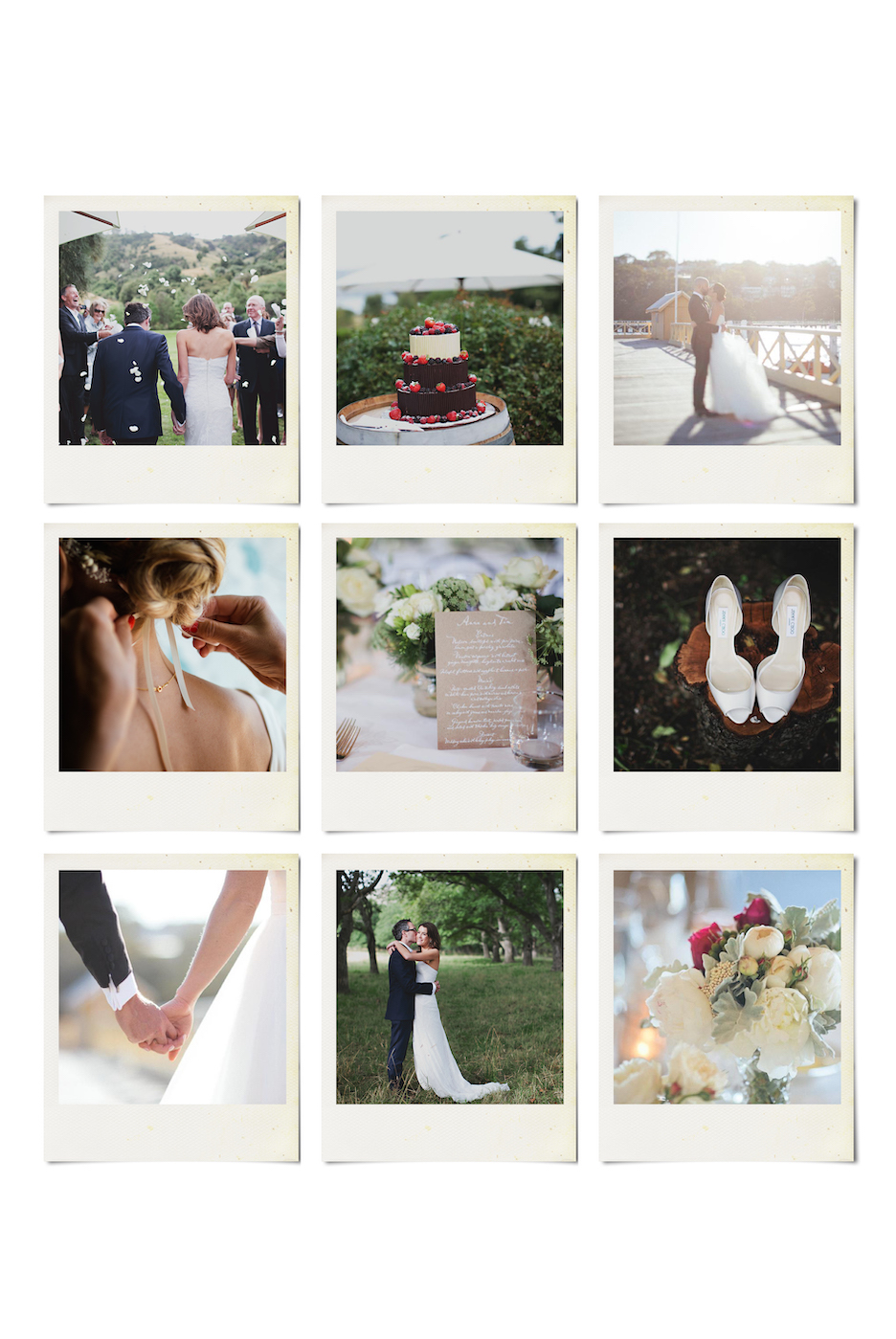
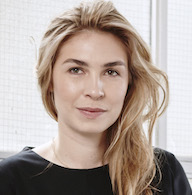


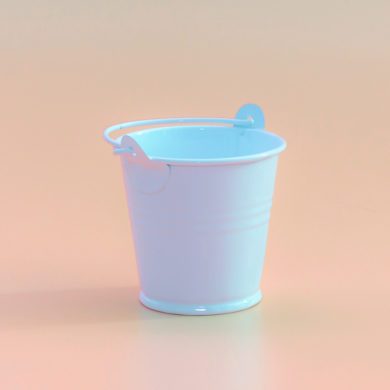
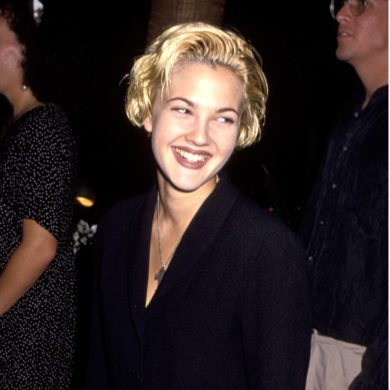
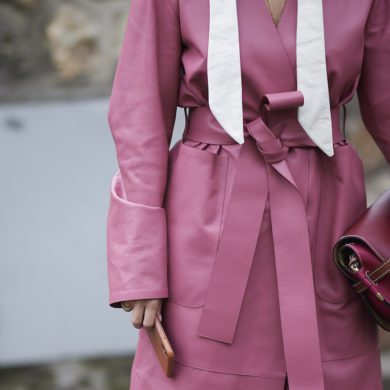



No Comments